Wetsuits FW17/18
The search for perfect, uncrowded waves is forcing surfers to explore colder, more remote places and their equipment is not going to hold them back. More comfort, warmth and freedom of movement are making a daily surf (or two) possible in the iciest of waters. To quote West’s motto “There is no such thing as cold water, just bad wetsuits.” The choice is an important one… but manufacturers are pulling out all stops to simplify the task for you. A report by Denis Houillé.
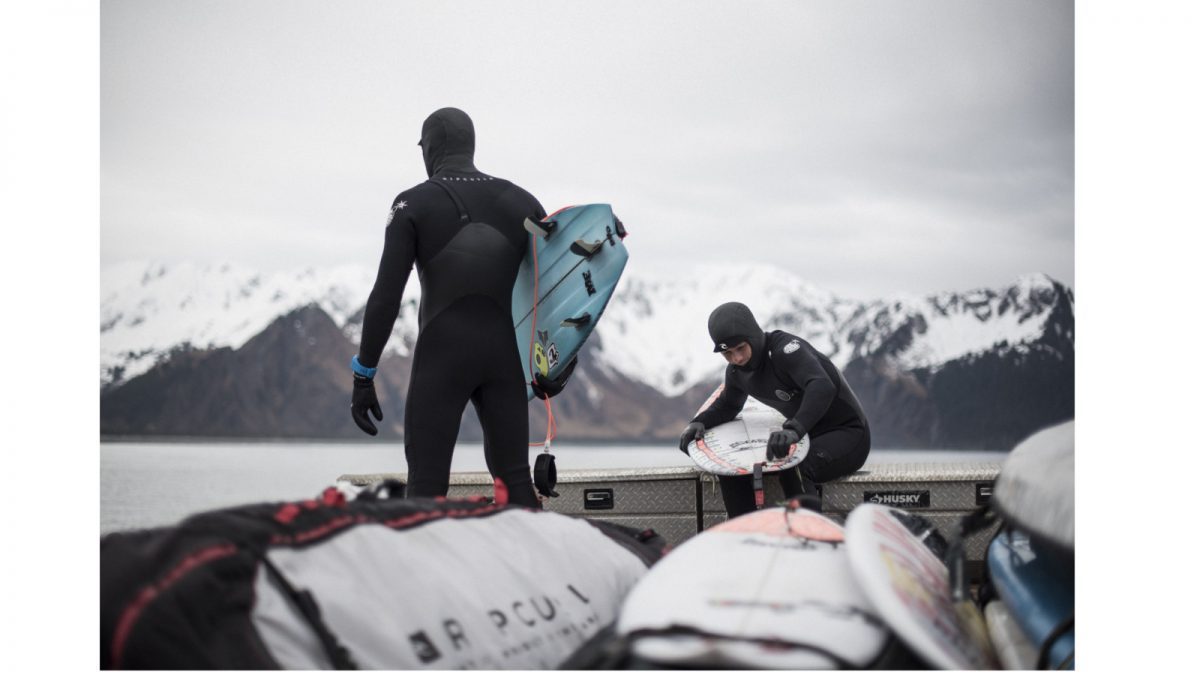
Rip Curl
THE WATER’S GETTING COLDER
It’s no secret that surfing has officially abandoned its label as a summer sport, sweeping away all the generally accepted clichés that the mainstream like to attribute to it: sun tanning, swimming costumes, light-weight clothing, long hours spent lying on the beach towel… Winter surf codes are now associated to the exact opposite with their deserted beaches, all-over 5mm protection, icy waters, strong offshore winds, ideal weather systems, frost… It doesn’t matter which hemisphere you are in, people now want to surf all year round whether it’s right where they live, in their favourite holiday destination or in search of a new spot as remote as they can get.
In the not so distant past, people would simply not be prepared to surf in certain places: the equipment just wasn’t good enough to stay warm in the water for long enough. But now, with the technological advances made in the foams, assembly and the durability of wetsuits, this problem is no longer a prohibitive one and the demand is exploding in globally throughout all 12 months of the year. Thinner, warmer and easier to slip into, winter wetsuits are providing superlative comfort for these new surf destinations where the waves are just waiting for you to arrive. Overall, the whole “watersports market is growing in countries where the temperature prohibited it just five years ago,” observes Jamie Brimacombe, Xcel’s European Sales Manager.
In Nordic countries, which have long coastlines (Iceland, Norway, Denmark, Sweden, Finland), surf has democratized and is no longer the reserve of a handful of stalwarts. People surf on the weekends at the slightest hint of swell, as a family, comfortable and warm in the 6-degree water. For the brands taking the plunge into this icy pool, the new challenge is proving interesting on two fronts: to successfully offer warm enough products (without compromising flexibility, look or comfort) and to seduce a new clientele who are either setting off to conquer unknown territories or sometimes even just to discover their own home spots.
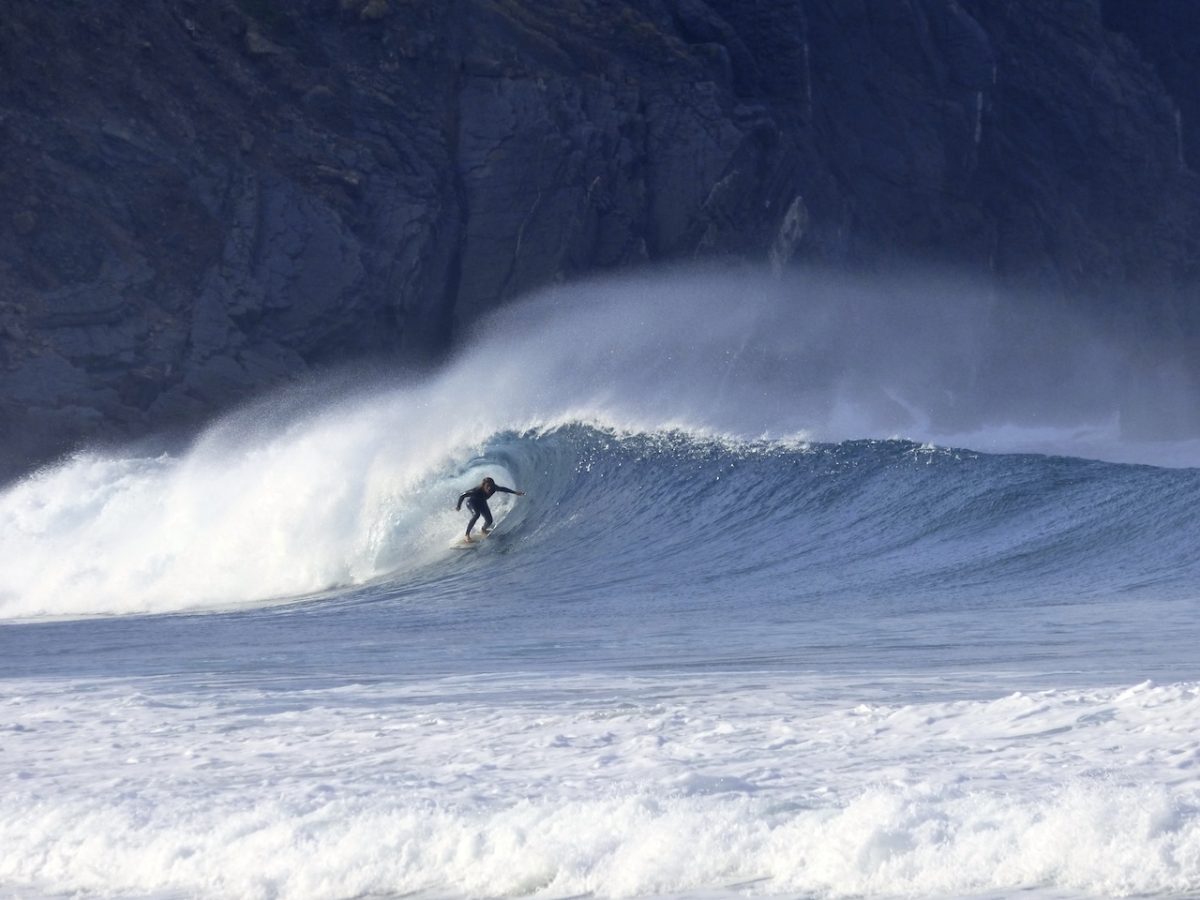
Sooruz
CONSOLIDATION OF THE MARKET
The current economic climate and the difficulties of running a business have forced all the players in the neoprene game (suppliers, manufacturers and retailers) to consolidate. Despite an increase in the cost of raw materials and pressure from strong currencies, many manufacturers prefer to absorb these increases rather than let them affect the public retail price. So, by influencing financial policy and management throughout the whole sector, this consolidation will realign budgets and simplify operations for future prospects.
“Gul plans for its styles to last two seasons, giving the retailer a chance of selling product without resorting to clearance to make way for new models,” explains Mike Pickering from Gul Wetsuits. It’s a similar story at Rip Curl where they did everything they could to simplify and adapt what’s on offer to meet customers’ needs over the collection’s three levels. In the technical department, Jonathan Cetran talks about wanting to “make things easy for retailers so that they all know how to sell this wetsuit or that one.”
Finally, at C-Skins, Brand Manager Mark Brown summarises: “The economic climate over recent years hasn’t lent itself to retailers carrying huge amounts of stock so it has become increasingly important for us to focus on this”.
CONSUMER EXPECTATION
No matter what the destination or latitude, “People are just as excited heading to cold water surf trips as they are the tropics,” states Gabriel Davies, Surf Category Manager at Patagonia. To face up to these extreme conditions, demand for thicker products is on the rise and this is seen throughout the twelve months of the year as Joe Turnbull, Commercial director at O’Neill observes, with constant increases in spring/summer as well as autumn/winter sales. At Brunotti they have also noticed that products, and sports in general, can be seasonally non-specific, with Hans Schaap in Design noticing that “many boardsports are no longer bound to one particular season,” but can be practiced 12 months of the year without having to go very far.
Demand from the female contingent is also on the rise and “more and more girls love to surf all year round and want stylish wetsuits,” observes Benoit Brecq from Marketing at Madness. Cut, colour, texture…welcome to “wet-à-porter” as Co-founder of Saint Jacques Wetsuits Stan Bresson likes to call it.
Mathieu Desaphie at Sen No Sen says that customers are looking more and more at the quality of the products they are buying and the motto “buy less, buy better” means that the business couldn’t be going any better.
After their successful introduction of summer models, Picture Organic Clothing have adapted their wetsuits for cold-water use “in countries where you can go snowboarding in the morning and surfing in the afternoon,” exclaims Julien Durant, one of the three co-founders. A great opportunity for some cross merchandising…
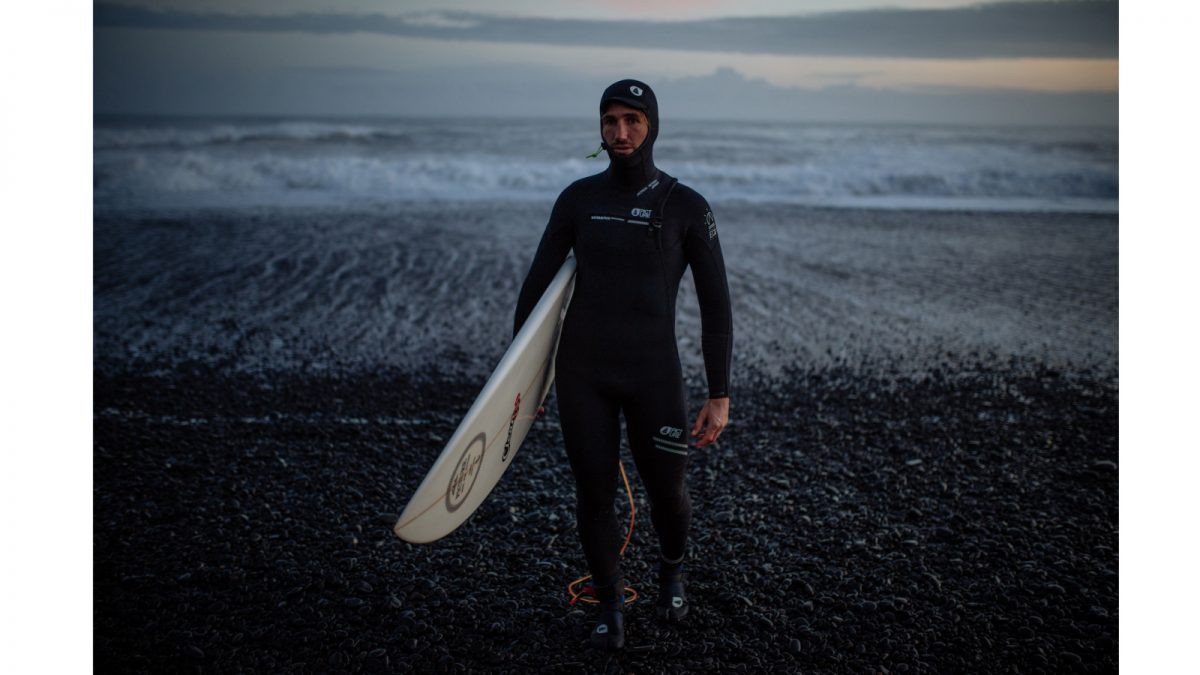
Picture
COATING AND LINERS
You might have noticed, on the inside and outside of wetsuits, materials are improving and being refined to exploit their properties as best as possible. On the outside, the coating gives a smooth black skin, which sees the assault of nature’s elements slide off to prevent the product from ageing. At Alder, they talk about “smooth skin” neoprene whose wind stopping properties are excellent.
Red, orange, blue or white, liners have become legitimate selling points as well as being so darn eye catching. Their downy structure means they retain the least water and most air possible against the skin. At Alder, FDL liners rise to this challenge thanks to “a high density of polypropylene whose fibres store a maximum of air when dry and hold hardly any water when warm,” explains production manager John Westlake.
“Unlike these downy foams,” as Joe Turnbull from O’Neill describes them, the Firewall liners from O’Neill are composed of thermal nylon. The advantage of this is that it contains warm air but no water and so doesn’t need to be soaked in water to stay warm; think of it “more like technical underwear than a marine sweater,” adds Joe.
Xcel, thanks to its exclusive association with the American manufacturer Celliant, has employed an intelligent fibre. The effect is (clinically proven) to convert body heat into infrared energy that increases the amount of oxygen in the blood and improve circulation for maximum warmth.
The other benefit that many of these liners carry is their antiseptic function. By integrating an antibacterial fabric containing an active substance, the everyday inconveniences of wet areas (moulds and bad smells) are stabilised. At Ion Wetsuits, “a pyrithione zinc treatment fights off bacteria,” explains Carlo Rauen in charge of Neoprene Development; we find this on their premium models and booties.
Lastly, these liners, mostly composed of recycled polyester, also play an ecological role in the sense that they reduce the quantity of neoprene needed to maintain such high performance. Better still, their texture brings added elasticity and durability and has played a major role in the evolution of wetsuits in recent years. At Soöruz, the statement from production manager, Yann Dalibot is revealing: “We now use a 4/3 when five years ago we’d need a 5/4.”
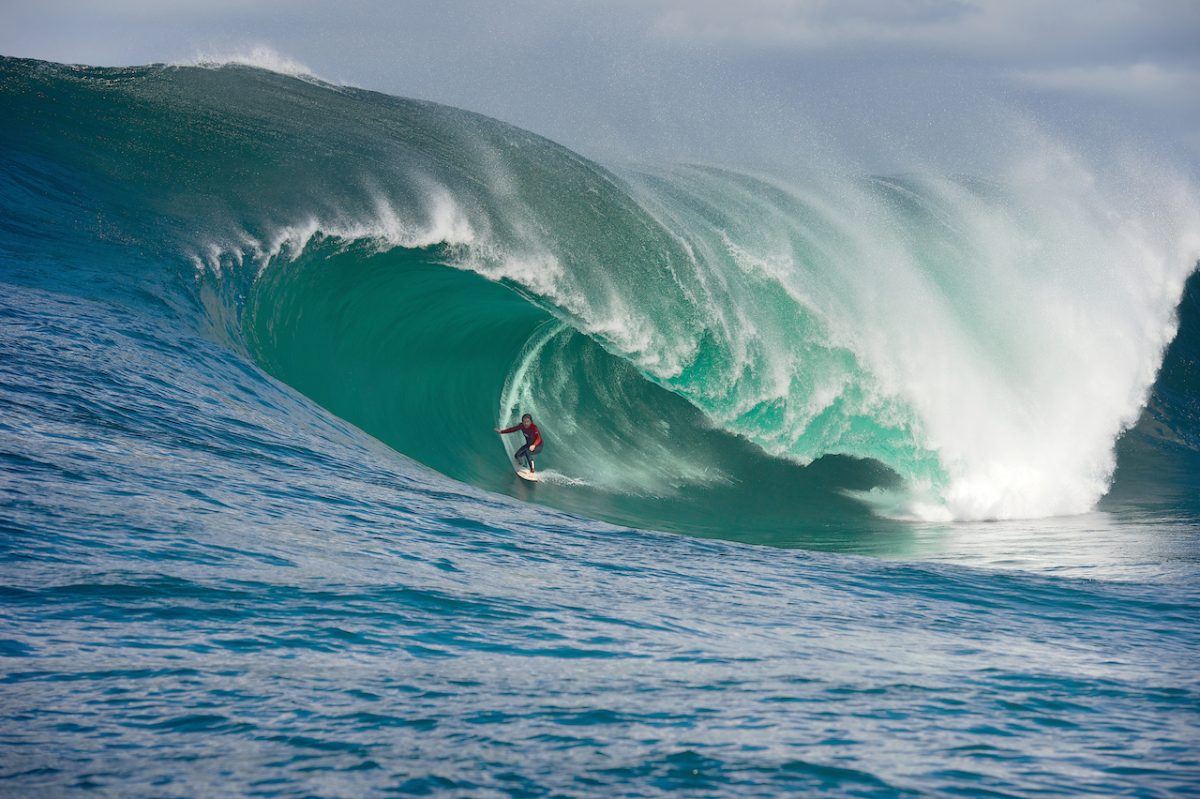
West
FUNCTIONAL PANELS
Neoprene panels are highly strategic and can be key in terms of warmth, flexibility as well as durability. Better still, they are the crucial factor in ‘fit’ and the overall ergonomics of the wetsuit, which is a deciding factor when buying one. Even before trying it on, at Gul “the 3D panels make a real difference in how the wetsuit sits on the hanger and attracts the customer,” explains Mike. The layout of the neoprene panels also seems to determine the unique style of the end product.
Construction methods just keep evolving and a product’s life span keeps extending. But a snag or fault here or there is still a possibility for all brands, but at Rip Curl their customer’s wetsuits can be repaired and serviced to get as much use out of them as possible. At Tiki Wetsuits, it doesn’t even matter what brand or model it is, they can repair it using their 40 years of experience. This is surely the best form of guarantee you can offer to customers.
O’Neill carries out a ‘fit check’ every season on all different thicknesses and models throughout its whole collection. So lots of the bosses’ different prototypes are passed down to the design team before getting the final go ahead to be sold. At Patagonia they are also striving for the ‘perfect fit’ so that their models fit a wide range of shapes and sizes. For winter 17/18, all front zips will be blessed with an improved asymmetric entry point for comfort.
At Picture, to ensure good wetsuit ergonomics- during paddling and when in action- the designers drew inspiration from triathlon models to optimise freedom of movement.
After a few years of reticence, one section of the surf population seems ready to abandon zippers. At C-Skins, brand manager, Mark Brown states that “zipless models have come and gone in the last 20 years but this time they seem to be here to stay thanks to successful fabric innovations.” A first for 2017, Rip Curl have their first zipless model with integrated cagoule.
PRICE & POSITIONING
When faced with extreme conditions, no one seems to be put off by the top-of-the-range so it’s necessary to have these models around the €500 mark in stock. Most of the sales volumes will hit the RRP between €300-€400 as Phil from Tiki Wetsuits notes: “There’s a very key mid-level price point. This is the market for the one or two times monthly surfer – not willing to commit to a top end wetsuit but needing all the warmth and reassurance of a quality winter wetsuit.” In this segment, value for money will be crucial. Ultimately this leaves little space on the racks for entry-level models priced between €100-€150 which mostly only sell during the summer months anyway. At this level, Mathieu Desaphie at Sen No Sen warns us that: “When you buy a really cheap product, someone on the other side of the world pays the price.”
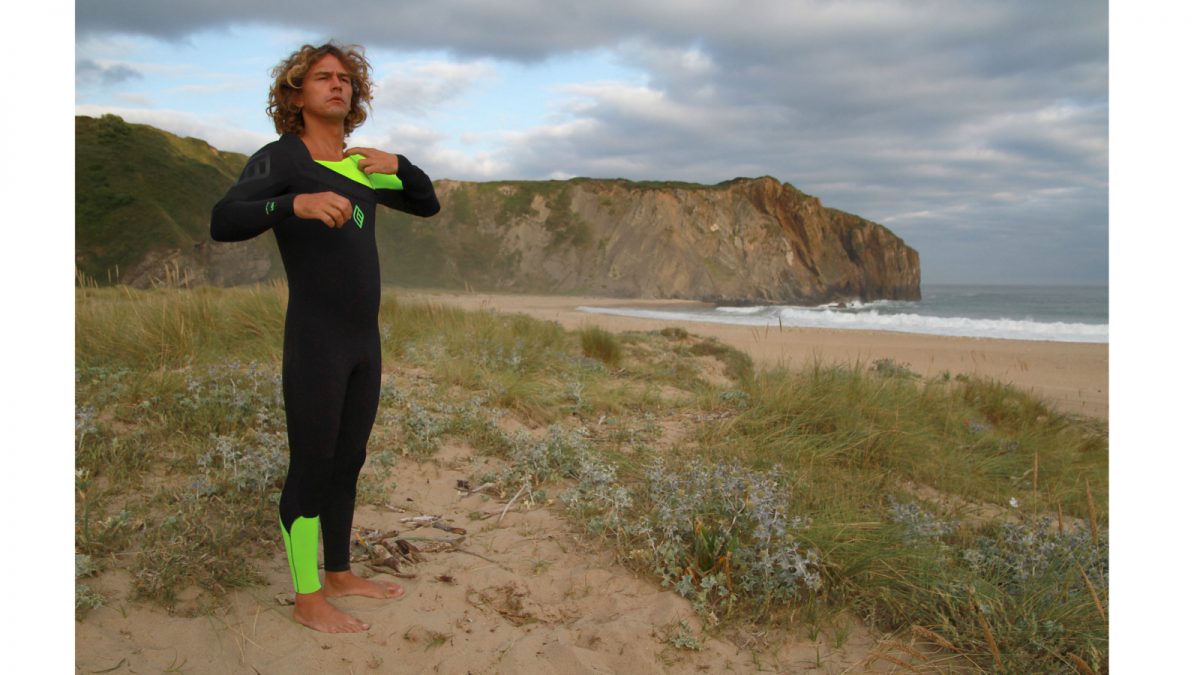
Madness
ECO-DESIGN
Totally abandoning oil-based neoprene will still take time to spread through the whole industry but those who took a chance on the green gold as soon as it was discovered (Patagonia, Vissla, Picture then Soöruz) are not about to backtrack after such conclusive results in the water. Insulation, stretch, drying time: the standard achieved this season by rubbers from ecological sources are proudly challenging neoprene, and for almost the same price.
For Patagonia, eco-design dictates decisions right the way to the top of the company. Feeling justified for going down this road eight years ago, they set about spurring on all their competitors to do the same by making their discoveries public. A blessing when you consider that no less than 200 fabric tests were carried out by Patagonia to find “THE optimal rubber consistency in terms of flex, longevity and U.V. resistance,” recalls Gabriel Davies.
At Finisterre, “the best product is one which lasts over time,” says the brand’s founder Tom Kay and this goes for all product categories. Rip Curl, a frontrunner with its Resurrection Programme, is pulling out all stops to “tie together the loose ends between production off-cuts and wetsuits that are returned by customers at the end of their lives.”
Elsewhere in the production cycle, manufacturers are putting all their effort into limiting their dependence on plastic and their carbon footprint. The Xcel offices in Haleiwa are run on solar power. Laminating glues as well as printing inks are now all water-based and solvent-free guaranteed. Reducing transport is a big step forward and by sending products straight from the factory to the main retailers, some manufacturers are saving precious miles.
Packaging is another area where plastic use can be easily bypassed using corn starch or soya fibres, which do the job just fine, and biodegrade really quickly. Finally, in the shop, recycled and recyclable cardboard hangers are now used to display the collections. Drawing on its 40 years’ experience, the wetsuit market continues to evolve and reinvent itself for all of our sakes and for that of the planet. A luxury that is priceless in both cases.




